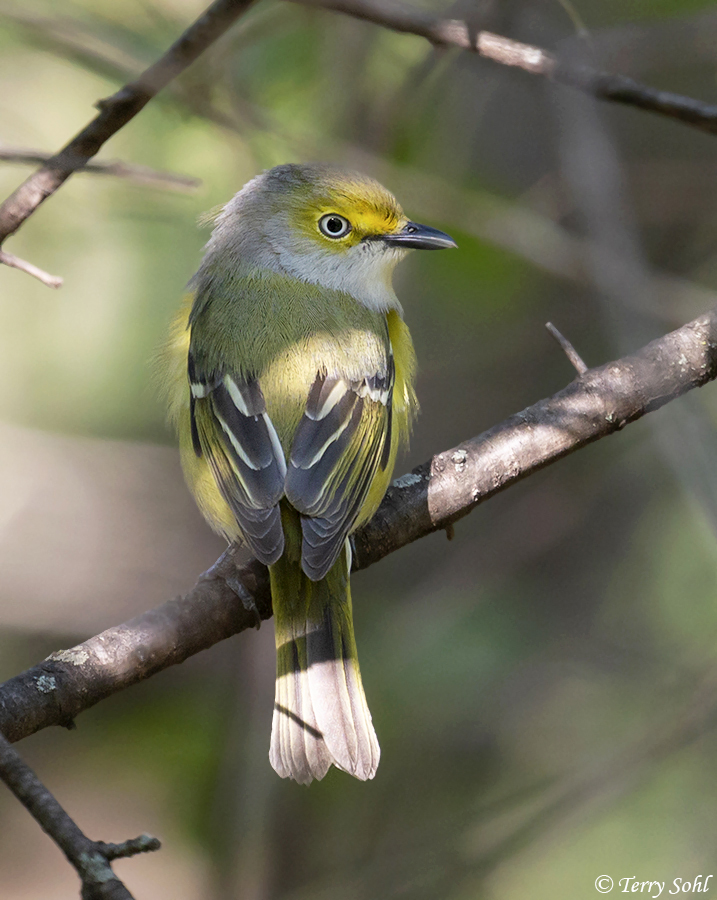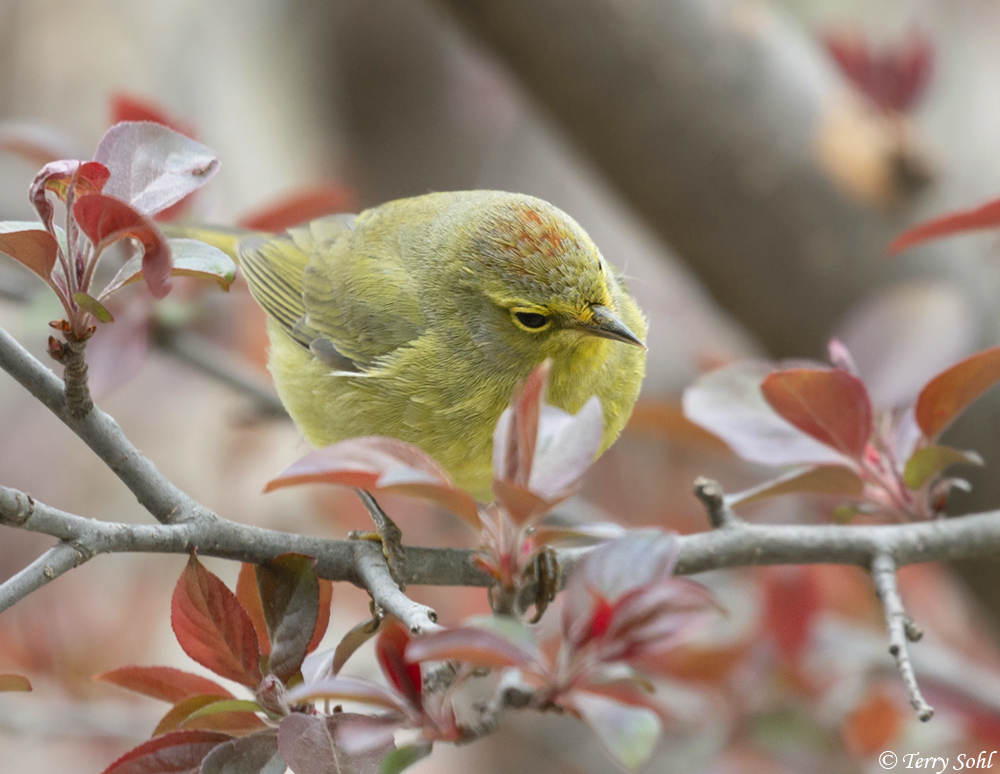Yeah, it’s been several days. Holidays, general malaise, busy at work, yada yada yada. There have been a number of very interesting science/nature/life stories that have come out in recent days however.

People have a tendency to ignore an issue, until it affects them personally. If you live in a coastal area, or in a place like Alaska (this is near Homer) where the effects of climate change are already having a big impact, then politics-be-damned, people tend to be “believers”. In no case is that more obvious than when someone’s financial interests are threatened, as in the New York Times piece about coastal real estate.
Climate Change, Coastal Real Estate, and Politics — We’ve got a new administration transitioning in who seems hell-bent on ignoring reality, ignoring science. As a scientist who studies linkages between the landscape and climate change, of course it’s the climate change denial that is the most disgusting to me. This is a great piece from the New York Times that focuses on the intersection of climate change, coastal real estate, and rising sea levels. People are funny…they tend not to care about an issue until it affects them personally (for another example, see Obamacare and the need for health insurance). On the climate change side, there’s no doubt that those in coastal zones, those with a vested financial interest in coastal real estate, are taking the issue of climate change seriously. The story certainly highlights the folly of those that do try to wish away climate change or delay long-term action in favor of short-term financial gain.
Melting begetting more melting — Staying with the climate change thread, a story about feedbacks in the climate system in the Arctic, with warming temperatures causing land and water surface changes that reinforce additional warming. This fall has certainly been an incredible and unprecedented in Arctic, with sea ice levels actually declining during a period the winter freeze is typically in full force. Temperatures have been incredibly high, in some cases nearly 40 degrees above average, with temperatures even staying near or at the freezing point at the North Pole itself. A “standard” prediction that you see is that the Arctic is likely to be ice-free in summer by 2050, but many scientists are moving that prediction up to a far earlier date. Part of the problem is that once melting begins, it feeds back on itself. You’re removing bright white snow and ice, and exposing more open water and older, darker sea ice, which absorbs much more solar radiation and reinforces the warming. Throw in additional feedback loops such as the impacts of melting permafrost and resultant methane releases in to the atmosphere, and it’s a runaway train that’s going to be impossible to stop.

Having trouble finding your one true love? It could be worse? At least you can potentially couple with 50% of your species. For a bird like this, a “white-striped” variant of the White-throated Sparrow, only 25% of your species’ population is of any interest to you…specifically, you need a tan-striped variant of the opposite sex.
Male? Female? This sparrow has 4 different sexes — When I took up birding and photography back in 2000, it didn’t take me very long to become familiar with the birds that are found in South Dakota. A (healthy?) obsession in a topic really facilitates some fast learning! However, there were some species I struggled with initially, particularly those that could have multiple different plumage patterns. White-throated Sparrows fall into that camp, with some birds having brilliantly white stripes on their heads, and others having tan stripes. Researchers have found that the plumage patterns go well beyond just appearance, with the two color morphs displaying very different behavior and reproductive traits. Just as X and Y chromosomes drive male and female sex distinctions, they found that White-throated Sparrows have developed another pair of “sex chromosomes”. In a “normal” reproductive system, an individual can mate with 50% of its species (males and females mating); White-throated Sparrows can only mate with 25% of other individuals of its species. For example, if you’re a male “white-striped” color variant of the White-throated Sparrow, you will only mate with a female “tan-striped” color variant…one-fourth of the entire species population (assuming white- and tan-color morphs are equally common). A fascinating read about evolution and the unexpected paths that it sometimes takes.
San Francisco sinking — Ah, the wonders of satellite observation. From a scientific standpoint, there are so many possibilities in what phenomena can be observed, and what scientists can do with that information. This story focuses on the Copernicus Sentinel-1 satellites, and the use of multiple space-based radar observations to assess changes in surface height. The 58-story Millennium Tower in San Francisco, for example, has been found to be sinking 40 millimeters (about 1 1/2 inches) every year. The “Millennium” Tower would thus theoretically be ~125 feet lower than where it is right now in a millennium, if sinking continued and the tower could survive! Land surface subsidence due to ground water pumping, changes in forest canopies due to cutting, elevation shifts after major earthquakes…all fascinating observations that can also be made with similar satellite observations.

Imagine if this environment were…lush! Crocodiles! Hippos! Lakes with fish, and thriving cities! That’s what you would have found in the Sahara 6,000 years ago. Disclosure…this is actually the Rub’ al Khali desert on the border of Saudi Arabia and the UAE! Never have been to the Sahara, have been here and have photos!
Lush environment of the Sahara — Scientists have long known that the region of the Sahara Desert in Africa used to be much wetter. Archaeological finds have detailed thriving civilizations in the heart of the Sahara, and bones found in the region showed that hippos, fish, and crocodiles were once quite common. 5,000 to 6,000 years ago, a mere blink of the eye in geologic time, the Sahara was a much wetter environment, and scientists aren’t exactly sure what climate mechanism caused the shift to the extremely dry climates that are found there today. The tropical “rain belt” that provides moisture to many equatorial regions was shifted much further north during that time, but the reasons are unclear.
Life on…Pluto!?!?? — Scientists pretty much all agree that it’s only a matter of time before we find life on another planet. We’ve already detected many intriguing hints that life was likely once found on Mars (or even could be found there today). Over the last 10 years though, the list of planets and moons with potential life has risen dramatically, not only with our first confirmation of potentially suitable planets being identified outside of our own solar system, but even within our own solar system. Pluto would have been about dead last on the list of potential candidates, before the 2015 flyby of the New Horizons spacecraft. It’s incredibly cold and distant from the sun, and was thought to be a barren, cold world. Instead, New Horizons provided strong evidence of a massive subsurface “ocean” on Pluto. As this story notes, that ocean is likely an incredibly harsh environment, still cold and packed with ammonia. However, as we’ve found on earth, life can thrive in the most inhospitable environments, and any environment with water and organic compounds such as ammonia is a potential breeding ground for life.

Enceladus, an icy moon of Saturn that just may harbor life. Beneath the cracked, icy crust of the small moon lies a liquid water ocean, thanks to the gravity and strong tidal forces exerted by Saturn. Spacecraft observations found geysers spouting water into the thin atmosphere, providing further proof of the subsurface ocean that just might be a place to look for life.
Six most likely places to find life in the Solar System — Related to the Pluto story…where else in the solar system might we find life? This piece highlights six potential candidates. Enceladus is a small moon of Saturn where the Cassini spacecraft detected geysers spouting ice and water into the atmosphere from cracks in the moon’s surface. Strong tidal forces from Saturn likely keep a subsurface ocean liquid, and where’s there’s liquid water, life is a possibility. Titan, another moon of Saturn, is extremely cold, but has liquid lakes of methane and ethane on its surface, organic compounds that could harbor life. Europa, a moon of Jupiter, likely has much more water in subsurface oceans than the earth has in its oceans. That water lies below a 10-mile thick crust of ice, but with the discovery of “black smokers” on earth, it’s been shown that light and photosynthesis isn’t necessarily needed as an ingredient for life. A subsurface ocean with similar heat sources could easily support life. Mars, and even the atmosphere of Venus, are also discussed as potential reservoirs of life in the solar system.
Einstein wrong? — Einstein’s theory of relativity depends on the assumption of the speed of light being a constant, no matter the situation. Scientists are now assessing the possibility that the speed of light may not be a constant, that it was once much higher in the early universe. Such a finding would cause major upheaval in the world of physics. Science never ceases to surprise, and this story is a great example of why we need to keep challenging even our most cherished and “known” scientific beliefs.
Gatlinburg fires the “new normal” — The tragic fires in and around Gatlinburg were something of a surprise, given that massive, destructive fires just aren’t all that common in the southeastern U.S. That may be changing, thanks to climate change, drought, and increased climate variability. The southeastern U.S. is a pretty moist location, but major droughts can occur there. Climate change may be increasing extreme events, including drought, and may make larger fires a much more common occurrence in the southeast. Note the story also has a number of quotes from Mark Svoboda, a friend of mine who now leads the National Drought Mitigation Center in Lincoln, Nebraska.
Four new element names on the periodic table! — We’ve known about elements 113, 115, 117, and 118, but as newly discovered elements over the last few years, they hadn’t been assigned new names. The new names are nihonium (Nh), moscovium (Mc), tennessine (Ts) and oganesson (Og). Don’t expect to find a chunk of “Moscovium” or any of the others while out taking a hike. All were discovered through the use of particle accelerators, and all are extremely unstable, decaying to more basic elements within a miniscule fraction of a second after they are created.
Like this:
Like Loading...
































